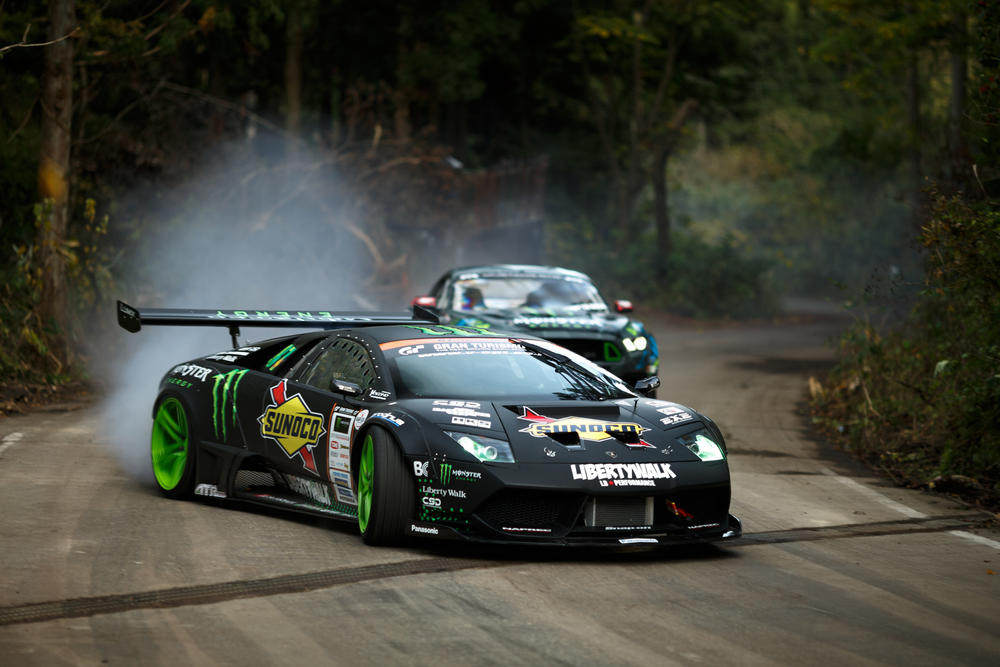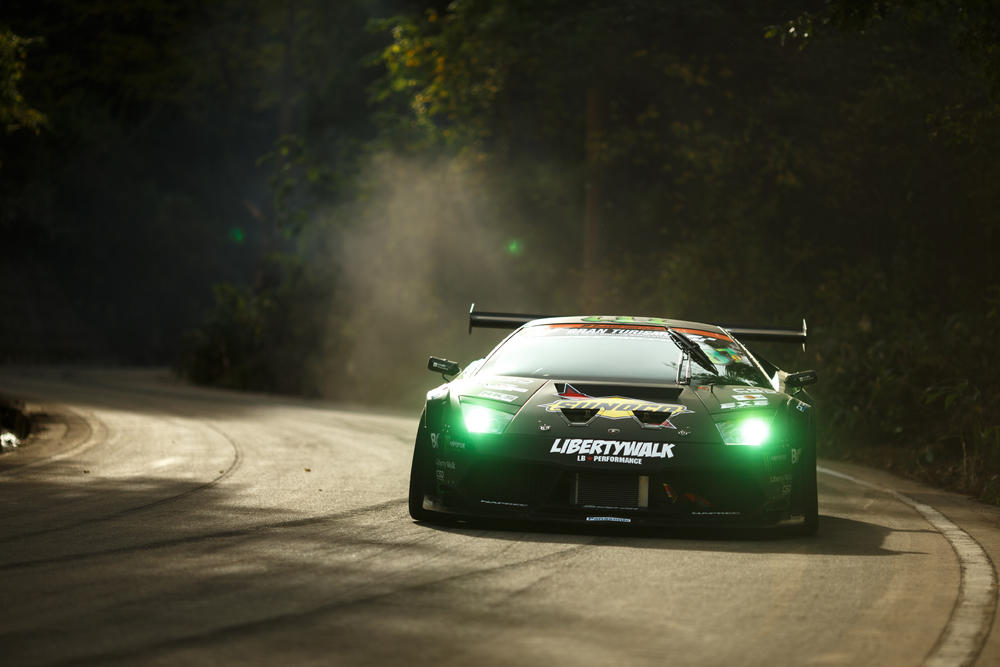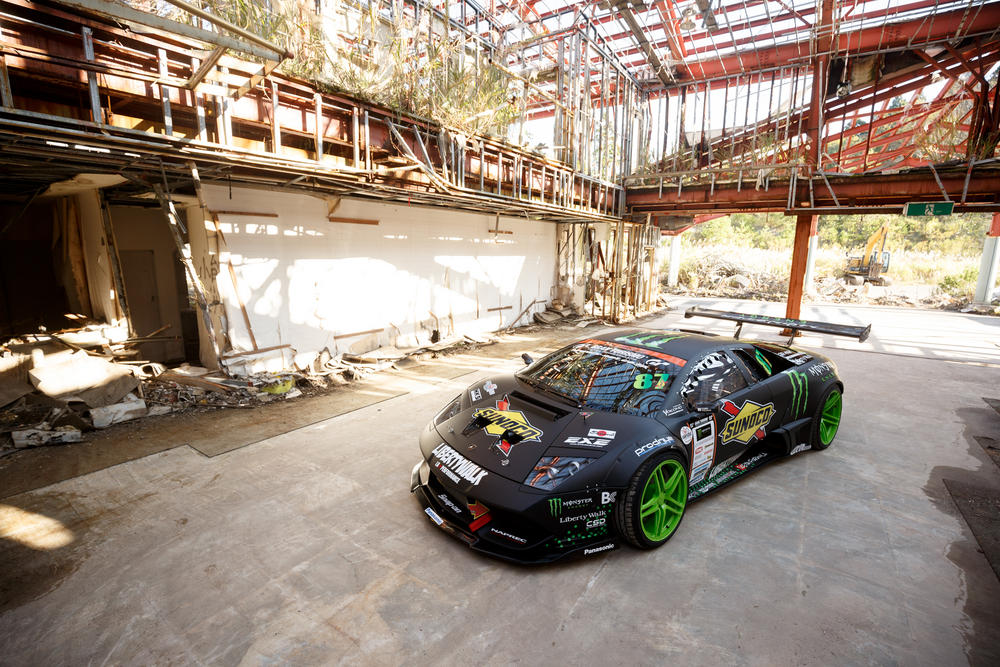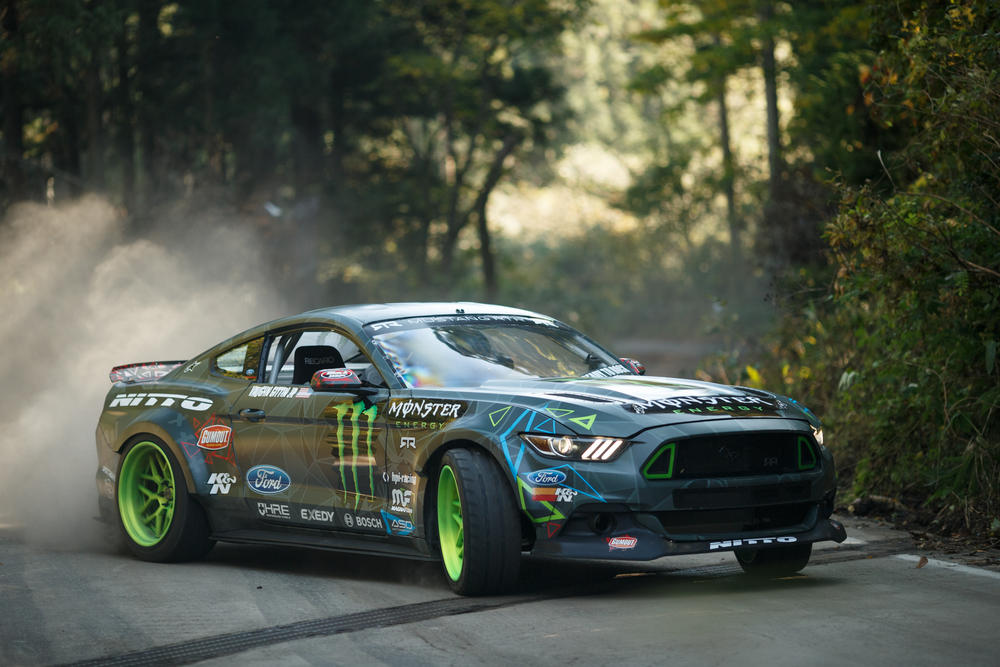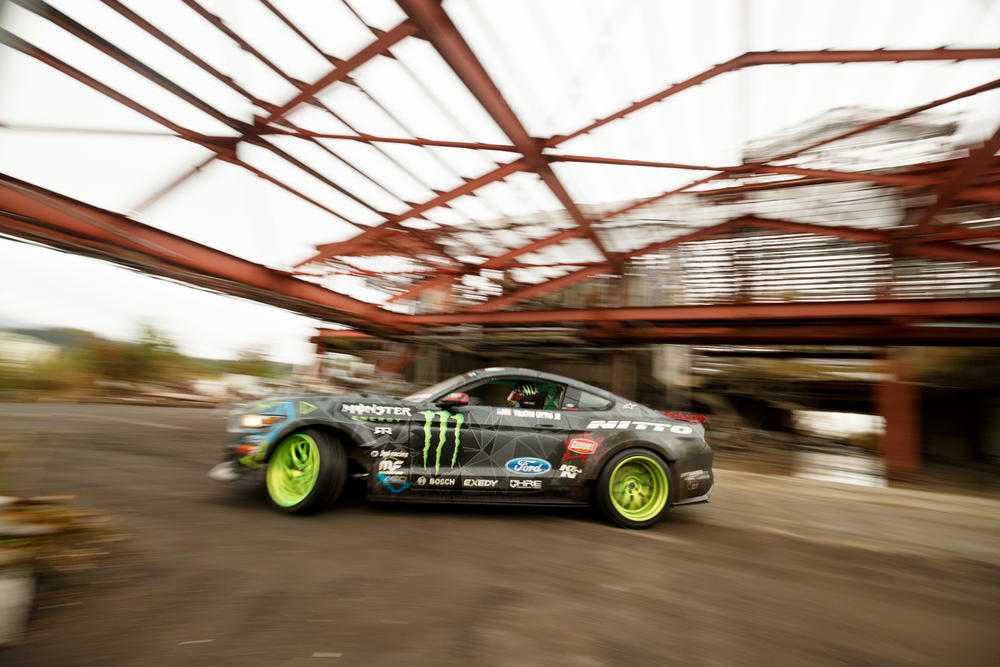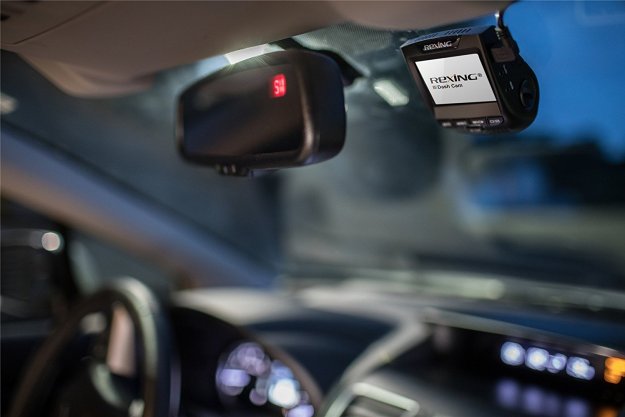This time around, it was the art and science of drifting that brought two unlikely friends together. On one side lay a supercharged Ford Mustang RTR with oversteer specialist Vaughn Gittin Jr. at the helm, and on the other, a RWD-converted Lamborghini Murcielago lurked in wait with Formula Drift champion Daigo Saito at the wheel. American muscle vs. Italian passion. Blown V8s vs. high-strung V12s. Who would come out on top?
In the end, nobody really won (except the fans), as Monster Energy’s “Battedrift” campaign is really about the beauty of the sport and the surprising grace that comes from two gifted drivers pushing track-tuned athletes to their limits. Around the abandoned Niigata Russian Village in Japan, the duo expertly threw themselves around buildings, tight bends, and even each other. While the 550-horsepower Mustang’s metallic growl sounded amazing, it was the Italian’s intense 650-horsepower shriek that sent the sweetest song crackling through the air. With their engines shouting and their tires burning, the international drift twins looked like best friends at play.
“Running door to door with Daigo and his insane Lambo has been epic,” exclaimed Gittin. “I constantly found myself wanting to get closer just so that I could hear the incredible exhaust note of that Lambo of his over my Mustang RTR. We were both deep in the RPM range, and with the two of us together, it was like a symphony from hell.”
“Drifting through the unusual village and up the mountain pass was thrilling,” continued Saito. “It was really unique that an American drift car drove with a European drift car in Japan and the newest model Mustang that Vaughn drove was so hard and tough that it looked exactly like American muscle!”
